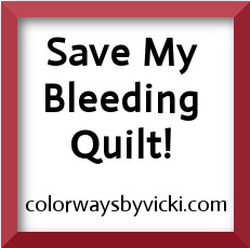 A couple of years ago I wrote my tutorial for dealing with bleeding fabrics....and quilts. It's the most read and linked page on the whole web site. It's also the subject of over half of the communications that I get through the website. It's the reason that this button is front and center on my home page. People email me with questions and they email me with their gratitude. What they don't know is how grateful I am to hear about and see their saved quilts. Yesterday I heard from Teri Routledge from Logan, Utah. She was kind enough to send me lots of photos and the story behind her quilt so I could share it with you today. It all started with this beautiful quilt. I'll let Teri tell the story from here and you can see all of the photos in a gallery at the end. This quilt was made for my son and daughter-in-law for a Christmas present. I pieced and machine quilted it with all my love. I have been quilting for almost 20 years and use only quality fabrics and thread from our local quilt shop. I was so proud of this quilt and even made a special label for it. But when I put it in water to block it, it bled terribly. I have never had this happen before and I panicked! First I took it to two different laundry/dry cleaners to see if they could fix it. Both told me they couldn’t do a thing after a few test attempts. Next week is Thanksgiving and I am leaving in two days to drive 1200 miles to see them and wanted to deliver the quilt in person. I am almost out of time, the dry cleaners had it for several weeks. I scoured the internet looking for a solution. There had to be someone, somewhere, who has experienced this. I came across this website that gave excellent instructions using very hot water and Dawn dish soap. I thought – what do I have to lose? I have spent several hundreds of dollars already and so much time. First I cranked the hot water heater to full blast. I filled our jetted tub half way with ½ cup of Dawn Platinum soap and placed the quilt in the water, gently agitating with a long wooden spoon (the water was hot!). I continued to put more hot water in every 20-30 minutes (when the hot water heater would recover). After about 75 minutes the water was so dark and purple that I decided to drain and start over. I agitated throughout the day but my quilt soaked for 7 hours total. I was leaving in 36 hours, I had to see the results. I drained the very dark purple water yet again and gently squeezed it enough to get it to the washing machine. It looked promising. I have one of those low energy, low water washing machines and I was skeptical that it wouldn’t be able to rinse it enough with all the soap already in it. I put it on the bulky, hot water cycle with a double rinse. The results were AMAZING. It was restored. I have it hanging over a folding wooden clothes dryer to dry overnight and the next day. I will pack it right before I leave and cannot wait to deliver it. Now, what to tell my kids… It was a quilt like this that started me on the path to find a way to fix bleeding quilts and to prevent it from happening in the first place. In that first quilt a customer had blended my hand dyed fabric with commercial fabric. When she washed it the first time it bled like crazy. After a lot of testing of my fabric and others in the quilt I think we eventually figured out that it was the backing fabric that bled and backstained on her quilt. But my hand dyed fabric did still bleed some and I knew I had to fix that.
With as much as Teri's quilt bled it had to be the backing fabric. She bought all high quality fabric but even those bleed from time to time. The only way to prevent this from happening is to PRESOAK, not pre-wash, your fabric. Any commercial fabric that I buy spends the night in a washer full of hot water ad Dawn. If they bleed the water is drained and they get to spend another 8 - 12 hours soaking to get all of the excess dye out of them. Doing that with fabric is a lot easier than dealing with the quilt later. I hope you will consider pre-soaking your fabrics to make sure they are absolutely colorfast. I pre-soak all of my hand dyed fabrics so that you can use them right away in any project that you want! Thank you Teri for sharing your quilt with us! 11/18/2016 12:17:40 pm
so great that the bleed came out for her. I have used your method too and it works - sometimes you have to soak more than other times but it is worth it. I hate the new water saver washing machines, even on bulky load you do not always get enough water in the machine and it won't always let you add water.
Tina in NJ
11/18/2016 12:55:20 pm
I've already told Vicki this, but a member of my guild used this method to whiten her new granddaughter's christening gown. It worked beautifully!
elle
11/18/2016 02:48:44 pm
Great! It is a lovely quilt!
Kristin F
11/18/2016 05:55:34 pm
Glad your method worked for the customer. It is a nice quilt. I always prewash my fabrics. but somehow I did not pick up that you were recommending presoaking! I'll have to remember to do that from now on. Thank you for clarifying. You are so helpful!! 11/18/2016 09:07:58 pm
I have the version of Dawn you mentioned in the original post exclusively for anything that wants to bleed.
linda allen
11/19/2016 05:56:42 pm
Dawn Platinum is getting very difficult to fine (it's the preferred soap for bubble solution). I'm wondering if you have found a substitute? I was totally distressed when a baby quilt I made bled Ended up using Retayne which stopped the bleeding and Synthrapol which took out the bleeding but now it needs to be washed in cold water; not ideal for a baby quilt! As long as the Dawn Platinum is available, much easier and cheaper solution.
Linda, 11/22/2016 12:17:20 am
i can only imagine what it must feel like to have this happen after all the work that has gone into a quilt.I will remember this next time I make a quilt.
Liz Arbaugh
12/7/2016 11:53:43 am
I am also one of those people that the info from your website has saved. I have passed your info on to countless others and they have all been as pleased with their outcomes as I have. Your save prompted me to pull all my red fabrics from my shelves and give them the Dawn soak. I've since moved on to all my batiks and other dark fabrics.
Fran in MIssissippi
12/8/2016 08:27:09 am
I have been using this technique since first reading your essay. With trepidation I followed your instructions to soak a just-finished quilt. The quilt had lots of color-saturated fabrics, but I haad to wash before a quilt show because I had used glue basting on the binding. After a couple water changes and a 16-hr soak, it was rinsed, then washing machine rinsed, then blocked on the floor to dry. The result was perfect--no bleeding, and pristine. I can't thank you enough for your generousity in sharing the knowledge you gained through many hours of experimentation. I reference your blog and your article whenever I am asked about washing fabrics. Comments are closed.
|
FeedsTo subscribe click the RSS Feed button and copy the URL of that page into your blog reader.
In Bloglovin you need to search "Colorways By Vicki Welsh" to find the blog. About Vicki
I'm Vicki Welsh and I've been making things as long as I can remember. I used to be a garment maker but transitioned to quilts about 20 years ago. Currently I'm into fabric dyeing, quilting, Zentangle, fabric postcards, fused glass and mosaic. I document my adventures here. Categories
All
Archives
April 2024
|

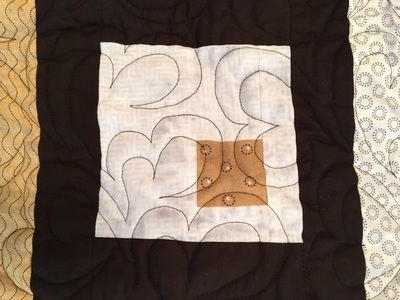
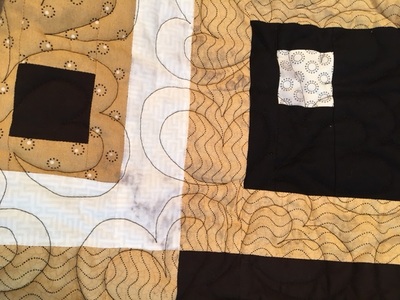
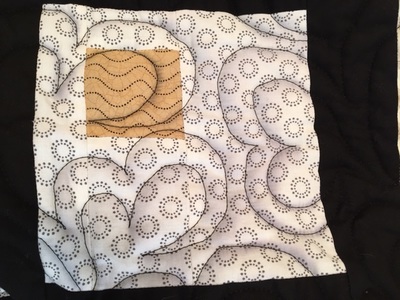
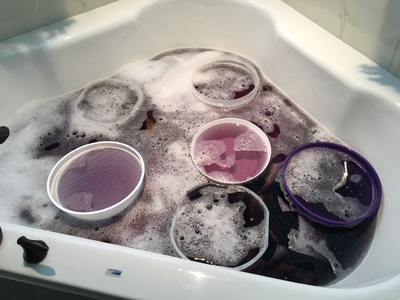
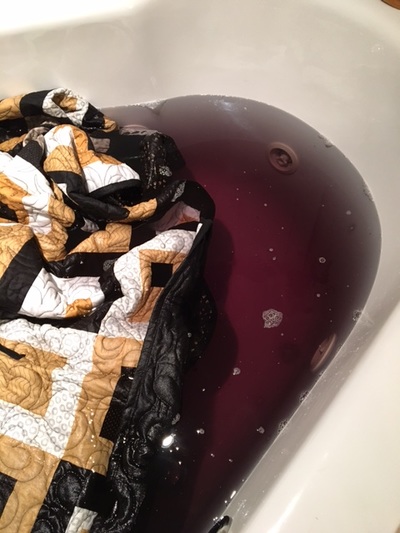
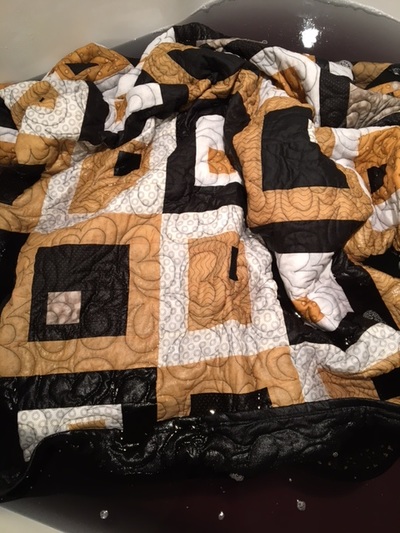
 RSS Feed
RSS Feed